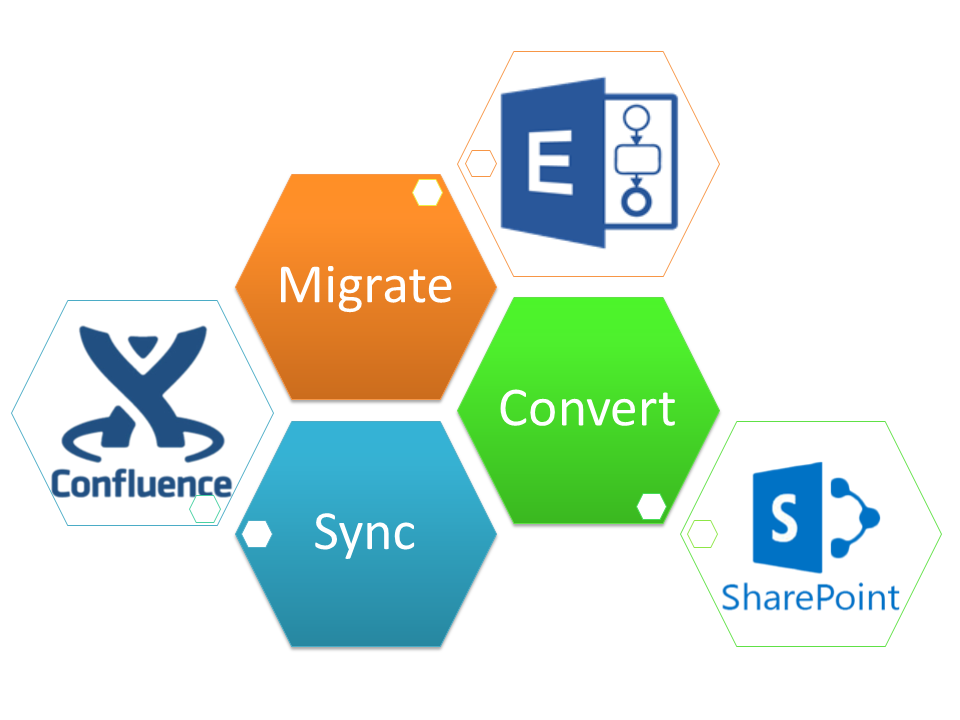Consistent integration of heterogeneous enterprise systems is among most distinctive characteristics of corporate IT. Diversity of enterprise architecture appears as a natural answer to objective volatility and complexity of rapidly evolving business environments. Wide palette of IT systems used in an organization ensures quick and flexible response to a variety of existing and potential business challenges.
However, universal governance of this versatile landscape is not easy. Enterprise Bridge addresses this persistent problem in corporate IT management by seamless transformation of corporate data and meta-data across the wide range applications and environments. Configurable scenarios of automated migrations ensure enhanced consistency of transformation and incremental continuous integration of dispersed corporate assets.
Repeated execution of migration scenarios is achieved through extended persistence capabilities available in new version of Enterprise Bridge. Save your complex array of transformation settings and mappings between enterprise objects and then instantly load it for immediate execution.
CaseAgile announces a new release of Enterprise Composer™ add-on for Microsoft® Visio, which supports transparent exchange of BPMN diagrams designed in Visio with leading BPMN tools. CaseAgile will demonstrate capabilities of Enterprise Composer™ on upcoming "BPMN IN ACTION" event organized by The Object Management Group (OMG) in Seattle at December 10, 2018. Enterprise Composer™ offers a seamless and efficient way for every Visio® user into the world of professional business process management (BPM) systems and process automation. By using Enterprise Composer™, Microsoft® Visio can create executable processes fully compatible with BPMN™ 2.0 standard from OMG®, which is the global de-facto etalon for modeling business processes and can be used both by businesses and IT. Every BPM practitioner working with Microsoft® Visio now can import BPM models created in most popular BPM suites directly into Visio® and can export models cre...
Comments
Post a Comment